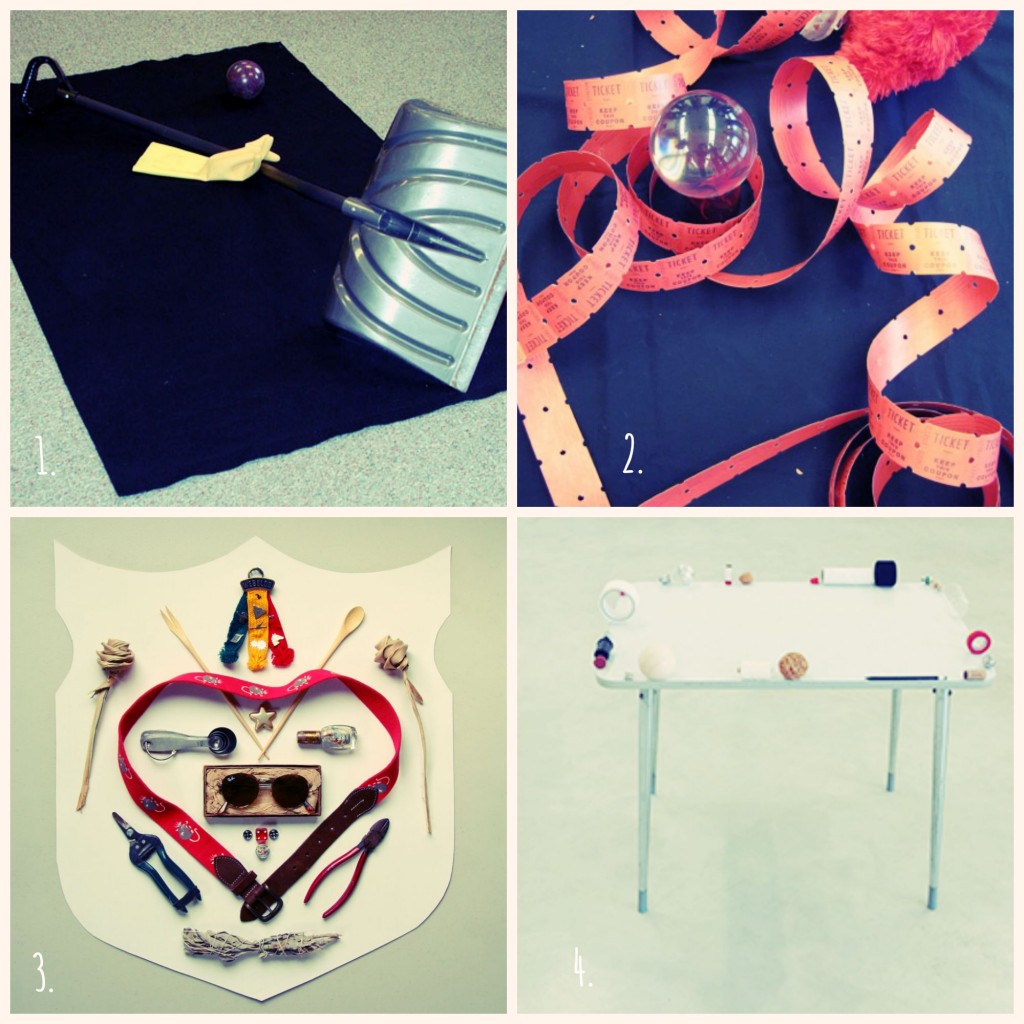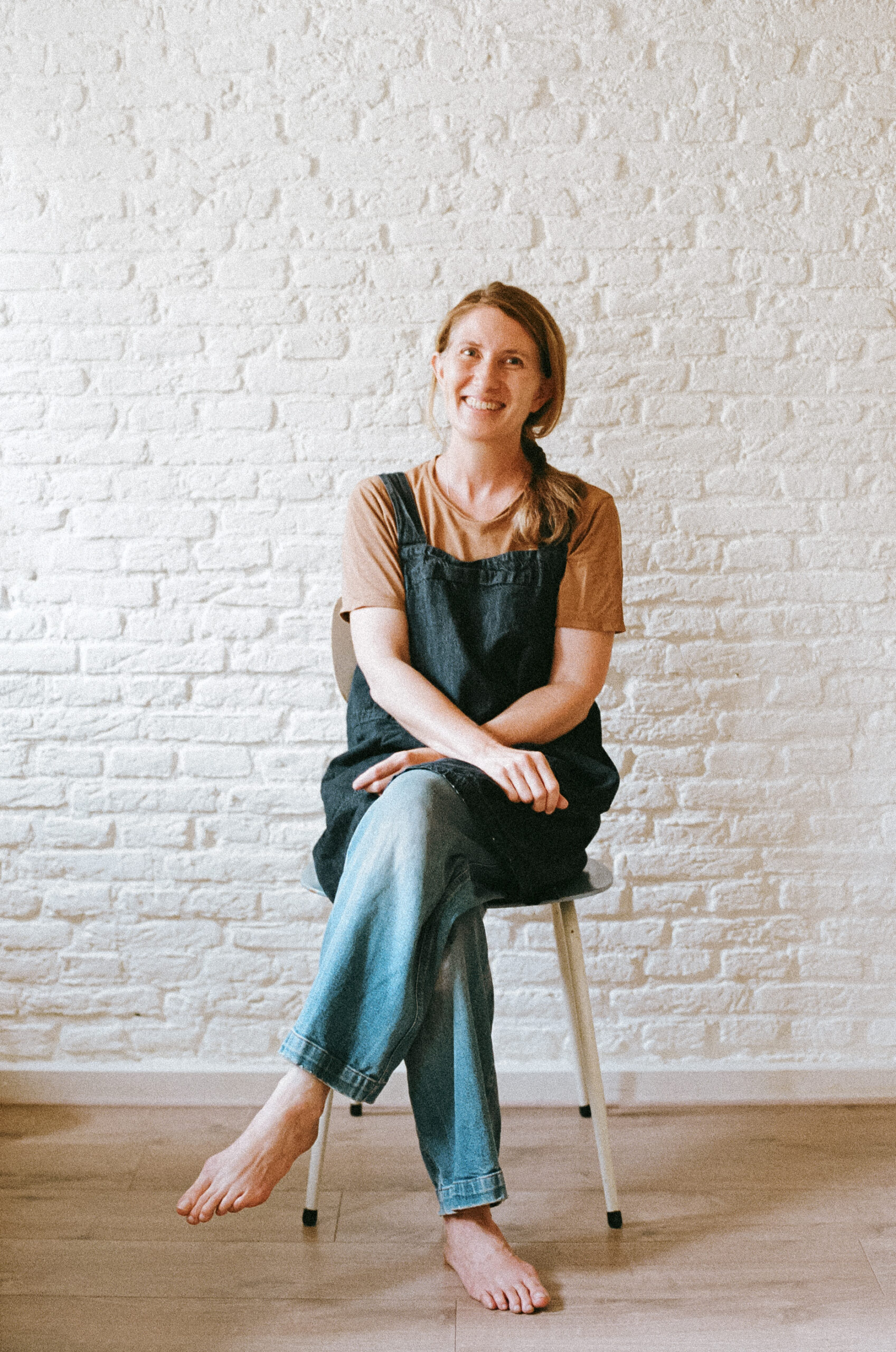Kindness through creativity
We are so lucky to have many wise parents in our classes. One of these is Laura Carmichael. When I posted here about starting a revolution of kindness, Laura wrote back about her love of creativity and creation to spread kindness in their family.
I loved the idea so much, I asked Laura to share with you too. Read on. Hope you love these ideas too.
Kindness through Creativity
by Laura Carmichael
Almost all of us know the lure of the screen. With the constant companion of the smart phone, on demand downloads, and interactive video games, the quick “fix” of passive entertainment is effortless. What’s wrong with some of that anyway, we ask? We are tired, we want to space out. Sometimes we even want the children to space out and be quiet. We want a “break.” But does it provide real refreshment, peace and connection with our loved ones? Does it foster kindness?
Maybe it seems like a big leap to suggest that passive entertainment and lack of kindness are somehow related, but Simone’s recent post on Starting A Revolution of Kindness inspired me to reflect on this.
When people become insensitive, they can’t be kind. Passive entertainment makes us numb, and when we are numb we become insensitive. As sociologist Brene Brown writes, “You cannot selectively numb emotions.” That numbness leaves us feeling more isolated, disheartened, even hopeless or aggressive. Not on the kind end of the continuum.
When I read Simone’s post, it flashed to my mind immediately
oh yes, active creation rather than passive entertainment is one of the most powerful antidotes to falling into that malaise.”
Coming from a music background and working as a trainer for years in the corporate world, I’ve noticed many people don’t recognise that they are creative. But everyone is creative! It’s not just for the artist or inventor. It’s human nature; it’s how civilisation has been built.
Our children can inspire us to recognise and absorb this truth, and reclaim our innate curiosity and sensitivity. This gives us vitality, and has the power to make the world a better place, starting with our family.
But we need to make space for it. We do have to seek out the time, space and mentality to create, ideally in community with others.
So before you check your Facebook, consider making a creativity buffer zone and see what happens to your energy reserves, and to your predisposition for kindness, openness and seeing things with fresh energy.
How to bring creativity into your home, not just for the kids
But how to make it something more tangible? Yes, everyday family life is an excellent training ground to be creative and pay attention, but personally, sometimes I need something more celebratory, fun and focused that breaks out of the everyday routine to help me “wake up.”
In a lot of families, “creative” activities are just for the children. So how to design something we can also get something out of, that doesn’t take preparation, and offers the possibility to share a memory together with our children?
Dharma art
Besides devising daily rituals that give pleasure to the senses, making up silly songs, and eating well, I’ve taken some inspiration from the Buddhist practice of ‘dharma art.’ It’s like flower arranging or sculpture with found objects. I think children naturally get it, and know how to look at an object without only seeing it in one way. I’d be very curious to see how it works for other families.
 1. collaborative art arrangements, based on principles of space, form and energy http://www.shambhalaart.org/program 2. Shambhala Sun http://www.Shambhalatimes.org 3. by Anna Church, from her “Insignia” series http://annachurchart.com/insignia-series/ 4. using the table itself as a workspace (Mary Heilmann & David Reed William Pope) http://www.friezemagazine.com
1. collaborative art arrangements, based on principles of space, form and energy http://www.shambhalaart.org/program 2. Shambhala Sun http://www.Shambhalatimes.org 3. by Anna Church, from her “Insignia” series http://annachurchart.com/insignia-series/ 4. using the table itself as a workspace (Mary Heilmann & David Reed William Pope) http://www.friezemagazine.comHow to try dharma art
1. Have a stack of blank A3 paper on hand (the plain back side of placemats would also do, or any defined blank space)
2. Each family member gathers four objects from around the home and puts them in the centre of a table (or carpet on the floor). A toddler might need some assistance. You could randomly take up the next four things your child touches after you start.
3. Sitting around the objects in a circle, each person takes a blank piece of paper and puts it in front of them.
4. Then go around the circle and each person chooses one object to take to their blank paper, and places it in a pleasing position on the paper. Go with the first impulse “first thought best thought” idea.
5. Once everyone has taken one object, go around again and choose another object. Place it in relation to your first object.
6. Repeat once more so each person has three objects (not all objects are taken from the middle). Arrange your objects in a pleasing or playful relation to each other.
7. Then change places with each other so you can sit in front of another person’s “sculpture” and get another perspective.
8. Take time. Notice if any keywords come to mind, associations, or questions. Discuss, or just appreciate and smile. With a young child you can ask questions to the child about it, or just describe what you see. Make photos, or not! Consider just feeling and remembering. See if you can let the “interruptions” fuel your associative mind as part of the exercise. If it comes, take time out to be messy, be silly. Have fun.
I’ve also found examples that use the dining table as the collective workspace, so you could devise new “rules” for taking turns to place objects collectively. Let yourself become attuned to the element of surprise. It’s also very easy to clean up after.
Trained as a classical musician, Laura Carmichael has given leadership and communication trainings to top management for over a decade. She offers her own creativity workshops for the “chronically cognitive” in the form of Creative City Retreats in Amsterdam. She is also the mom of Mira, age two.


Simone Davies has more than 20 years’ experience as an AMI Montessori educator. Simone is the author of “The Montessori Toddler” and co-author of “The Montessori Baby” and “The Montessori Child” books, comprehensive guides to raising children in a Montessori way. She currently runs parent-child Montessori classes in Amsterdam at her school Jacaranda Tree Montessori. She also has a popular blog, instagram and podcast “The Montessori Notebook” and is mother to two young adults.